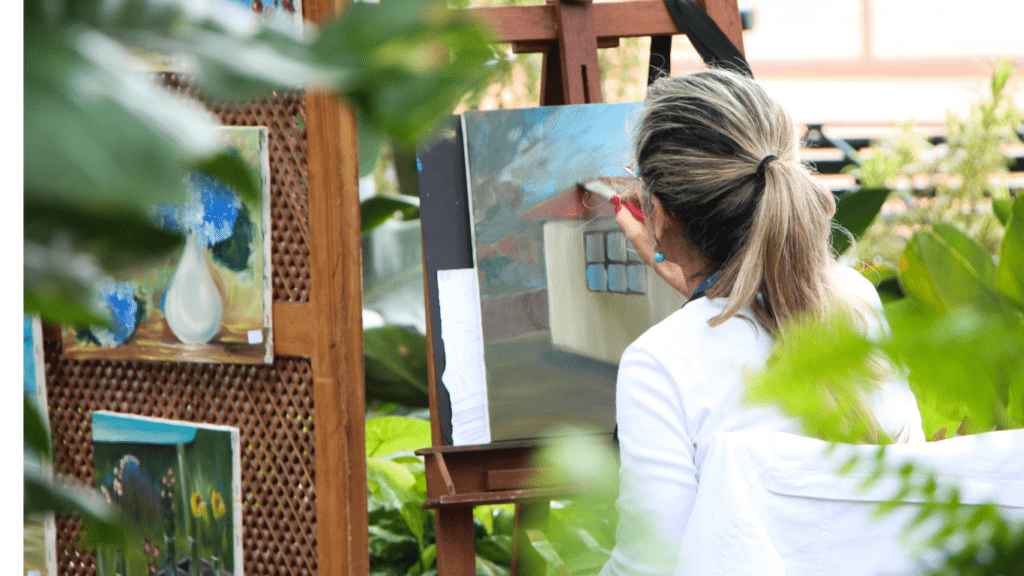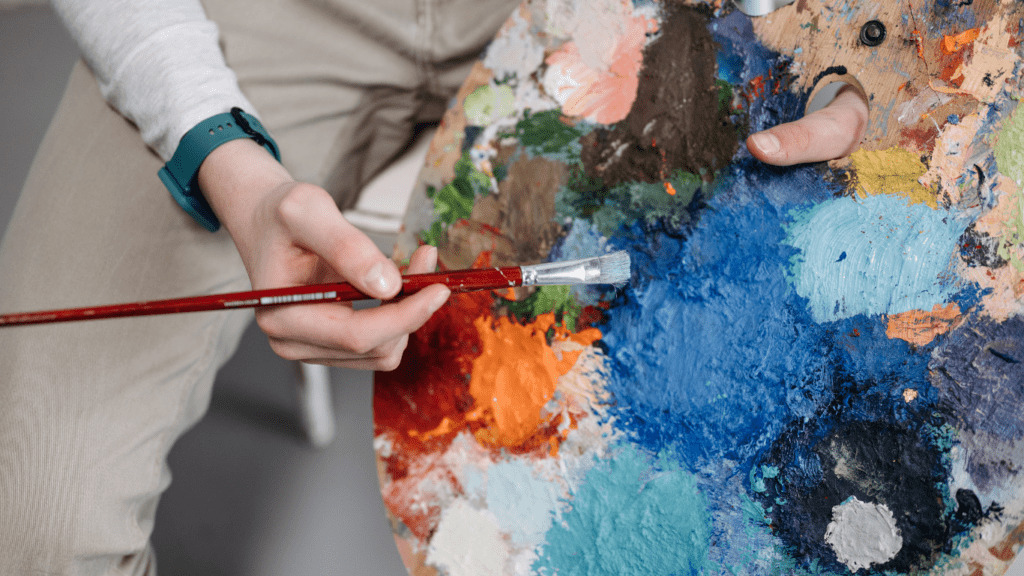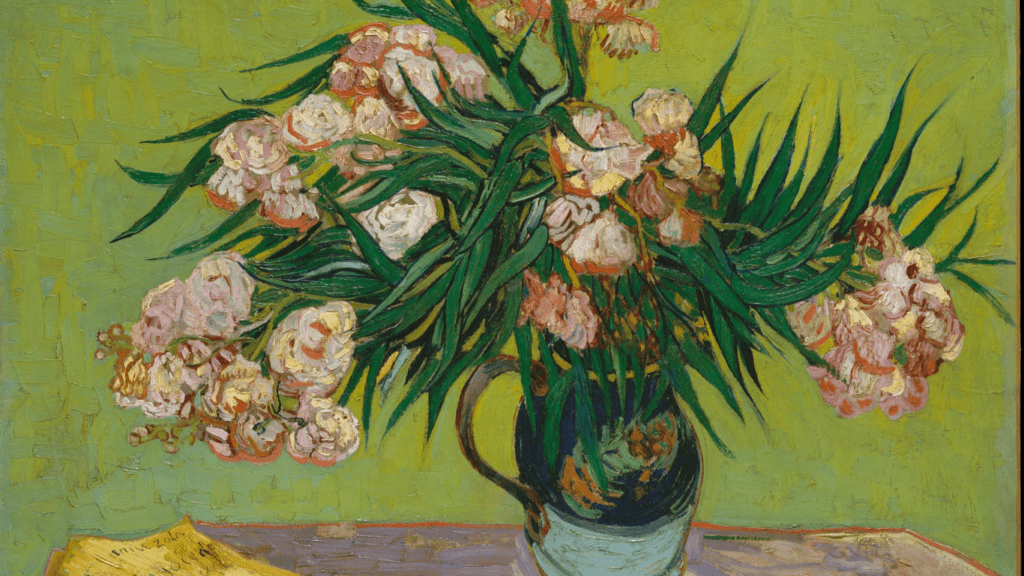Understanding Sustainable Art
Sustainable art refers to creations where artists consciously use eco-friendly materials and techniques. This trend aligns with the broader mission to protect the environment. The focus is on reducing waste, using renewable resources, and minimizing the overall ecological impact.
Eco-Friendly Materials
Artists are increasingly using materials like recycled paper, reclaimed wood, and biodegradable items. For example, sculptures from scrap metal or paintings on recycled canvas. These choices reduce waste and conserve natural resources.
Energy-Efficient Methods
Reducing energy usage is another aspect of sustainable art. Artists employ techniques like solar-powered tools or manual methods that require less electricity. For instance, hand-weaving without electric looms or using natural light for studio illumination.
Environmental Themes
Many artists incorporate environmental themes into their work, raising awareness about issues like climate change and pollution. These pieces often feature representations of natural landscapes or highlight the impact of human activity on the earth.
Collaborative Efforts
Artists frequently collaborate with environmental groups to promote sustainability. These partnerships assist in spreading messages through public installations and community projects, creating a broader impact.
Positive Outcomes
Sustainable art encourages a more thoughtful approach to creation. It impacts both the artist and the audience, promoting a culture of environmental responsibility. This movement shows how creativity can lead to meaningful, positive change.
The Importance Of Sustainable Art
Sustainable art addresses environmental concerns while fostering cultural shifts. It plays a crucial role in promoting eco-friendly practices within the art community.
Environmental Impact
Sustainable art minimizes ecological footprints by using recycled and biodegradable materials. Artists reduce waste by repurposing items like scrap metal or discarded textiles, which would otherwise contribute to landfill overflow. Energy-efficient methods, such as natural lighting and solar-powered tools, cut down on carbon emissions. These practices not only lessen environmental damage but also inspire audiences to adopt similar habits.
Cultural Influence
Sustainable art drives cultural change by highlighting environmental issues through creative mediums. Artists incorporate themes like deforestation, ocean pollution, and climate change into their works, sparking dialogue and raising awareness. Public installations and community projects often result from collaborations with environmental groups, amplifying the message of sustainability. This cultural resonance encourages a broader societal shift towards environmental responsibility.
Methods Artists Use To Go Green

Artists employ various sustainable methods to reduce their environmental impact. I’ll explore how recycled materials and eco-friendly techniques contribute to greener art practices.
Recycled Materials
Many artists use recycled materials to lessen the demand for new resources. For example, recycled paper, reclaimed wood, old textiles, and scrap metal often find new life in artwork. These sustainable choices help reduce waste and conserve energy that otherwise goes into producing new materials.
Eco-friendly Techniques
Some artists adopt eco-friendly techniques to minimize their carbon footprint. Solar-powered tools, for instance, cut down on energy consumption. Additionally, natural pigments derived from plants and minerals replace harmful chemical-based paints. Water-based adhesives are preferred over toxic glues, providing safer alternatives for both artists and the environment.
Case Studies Of Sustainable Artists
Exploring the work of sustainable artists showcases innovative methods used to promote environmental responsibility. Here are some notable examples and their impactful projects.
Notable Sustainable Artists
- Andy Goldsworthy: Andy utilizes natural materials like leaves, stones, and ice to create site-specific sculptures. His art, often ephemeral, emphasizes the transient nature of our environment. Goldsworthy’s installations, such as the “Icicle Star” and “Yorkshire Sculpture Park” series, highlight the beauty of nature while raising awareness about its fragility.
- Aurora Robson: Aurora transforms plastic waste into intricate installations. Her work, including the “Sculpture by the Sea” series, addresses the issue of plastic pollution. By repurposing discarded materials, Robson reduces landfill waste and encourages viewers to reconsider their consumption habits.
- Nils-Udo: Nils crafts temporary installations using elements he finds in nature. From water to plant material, his creations like “Tree Huts” and “Nest of Stones” blend seamlessly with their surroundings. Nils-Udo’s work prompts conversations about our relationship with nature and the need for environmental conservation.
Impactful Sustainable Art Projects
- “Washed Ashore Project”: This initiative involves large-scale sculptures made from ocean debris. Led by Angela Haseltine Pozzi, the project educates the public about marine pollution by transforming trash into art. Installations like “Octavia the Octopus” and “Chompers the Shark” travel to various locations, fostering awareness and inspiring action against ocean waste.
- “The Ice Watch”: Created by Olafur Eliasson and Minik Rosing, this project displays large blocks of Greenland ice in urban centers. Melting in real-time, these ice blocks, shown in events like the Paris Climate Conference, serve as a powerful visual of climate change impacts, urging immediate action towards carbon reduction.
- “The Recycled Orchestra”: Originating from Cateura, Paraguay, this project involves musical instruments made from landfill materials. Crafted by Favio Chávez and Nicolás Gómez, the orchestra turns trash into functional instruments, offering children from low-income families an opportunity for musical education and personal growth while promoting recycling.
These case studies reveal the profound ways sustainable artists address environmental issues, turning challenges into evocative, thought-provoking art. Through innovative projects, they inspire change and encourage environmental responsibility in their audiences.
Challenges In Promoting Sustainable Art
Promoting sustainable art presents several challenges. Economic barriers and the need for increased awareness and education play significant roles.
Economic Barriers
High Costs: Sustainable art often involves eco-friendly materials that are more expensive than traditional ones. For example, recycled metals or natural pigments can cost more, making it harder for artists to afford them. Limited funding: Government grants and private funding for sustainable art projects remain limited. Organizations and artists struggle to find financial support, which hinders large-scale implementation. Market Demand: The art market often favors traditional artworks over sustainable pieces. This preference makes it difficult for sustainable artists to sell their work and sustain their practices financially.
Awareness And Education
Lack of Awareness: Many people remain unaware of the significance of sustainable art. They might not understand how art contributes to environmental sustainability or recognize the importance of supporting eco-friendly artists. Educational Gaps: Art education programs often do not include sustainability elements. Students and emerging artists miss learning about eco-friendly practices and the value of incorporating them into their work. Public Engagement: Despite existing initiatives, engaging the broader public remains a challenge. Effective communication strategies are needed to convey the relevance of sustainable art in addressing environmental issues like climate change and pollution.
The Future Of Sustainable Art
Sustainable art is rapidly evolving with the advent of new technologies and materials. Innovations such as biodegradable art supplies and eco-friendly digital tools are paving the way. For example, companies are now creating paints free from harmful chemicals and canvas made from recycled materials, offering artists greener options.
Artists also adopt innovative processes to minimize waste and carbon footprints. Some utilize upcycling, transforming discarded objects like plastic bottles or metal scraps into art, reducing landfill waste. An example includes Aurora Robson, who crafts sculptures from reclaimed plastic debris.
Moreover, growth in digital art platforms reduces the need for physical materials. Digital exhibitions employing virtual reality (VR) and augmented reality (AR) give artists a space to display and sell without environmental impact. This trend is increasing alongside improvements in technology and accessibility.
Educational programs and workshops focused on sustainable art practices are on the rise. Institutions now include eco-friendly methodologies in curricula, highlighting their importance. Universities and art schools around the globe offer courses on this subject, aiming to prepare the next generation of eco-conscious artists.
Government and private funding for sustainable art projects is gaining traction. Grants and sponsorships specifically targeting eco-friendly initiatives provide artists the support needed to continue their work. For instance, the National Endowment for the Arts (NEA) and private organizations have started backing projects emphasizing sustainability.
Community-driven art projects play a crucial role as well. Collaborations between artists and local communities foster a collective responsibility towards the environment. Projects like community murals made from recycled materials engage the public directly, creating a sense of ownership and awareness.
The future of sustainable art lies in technological advancements, innovative practices, educational initiatives, financial support, and community involvement. These factors collectively push the movement forward, ensuring that art remains a vital tool for environmental consciousness.





